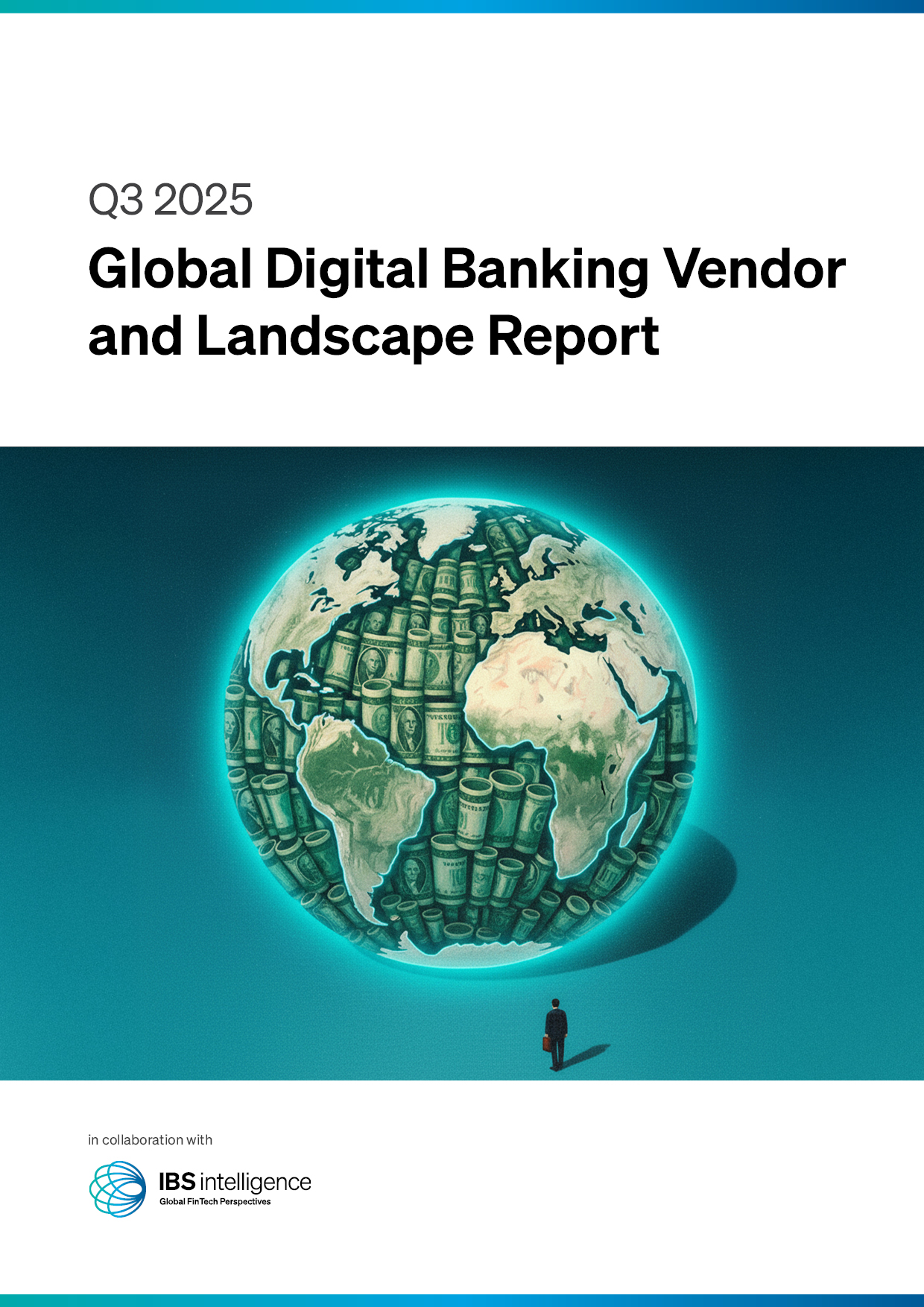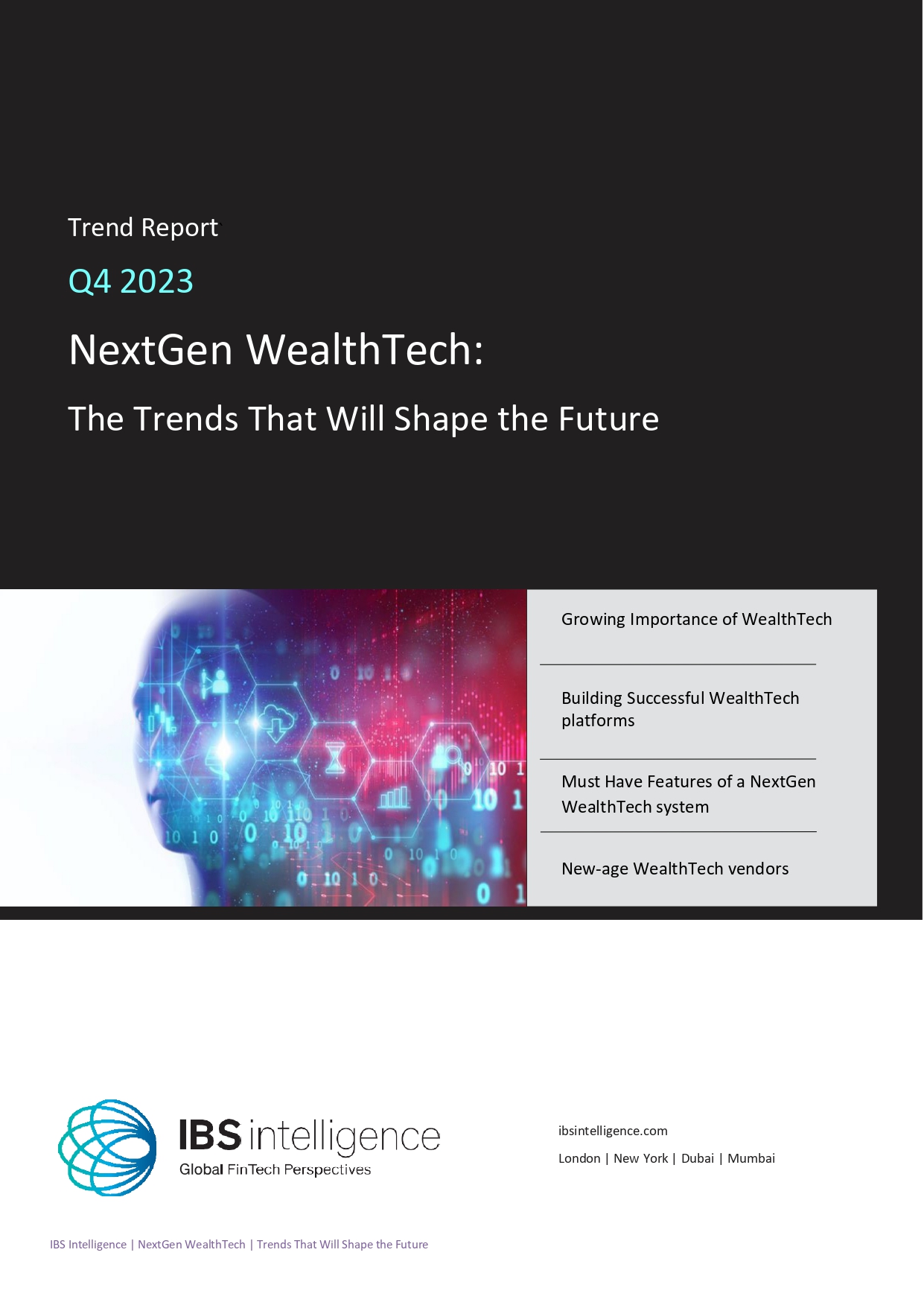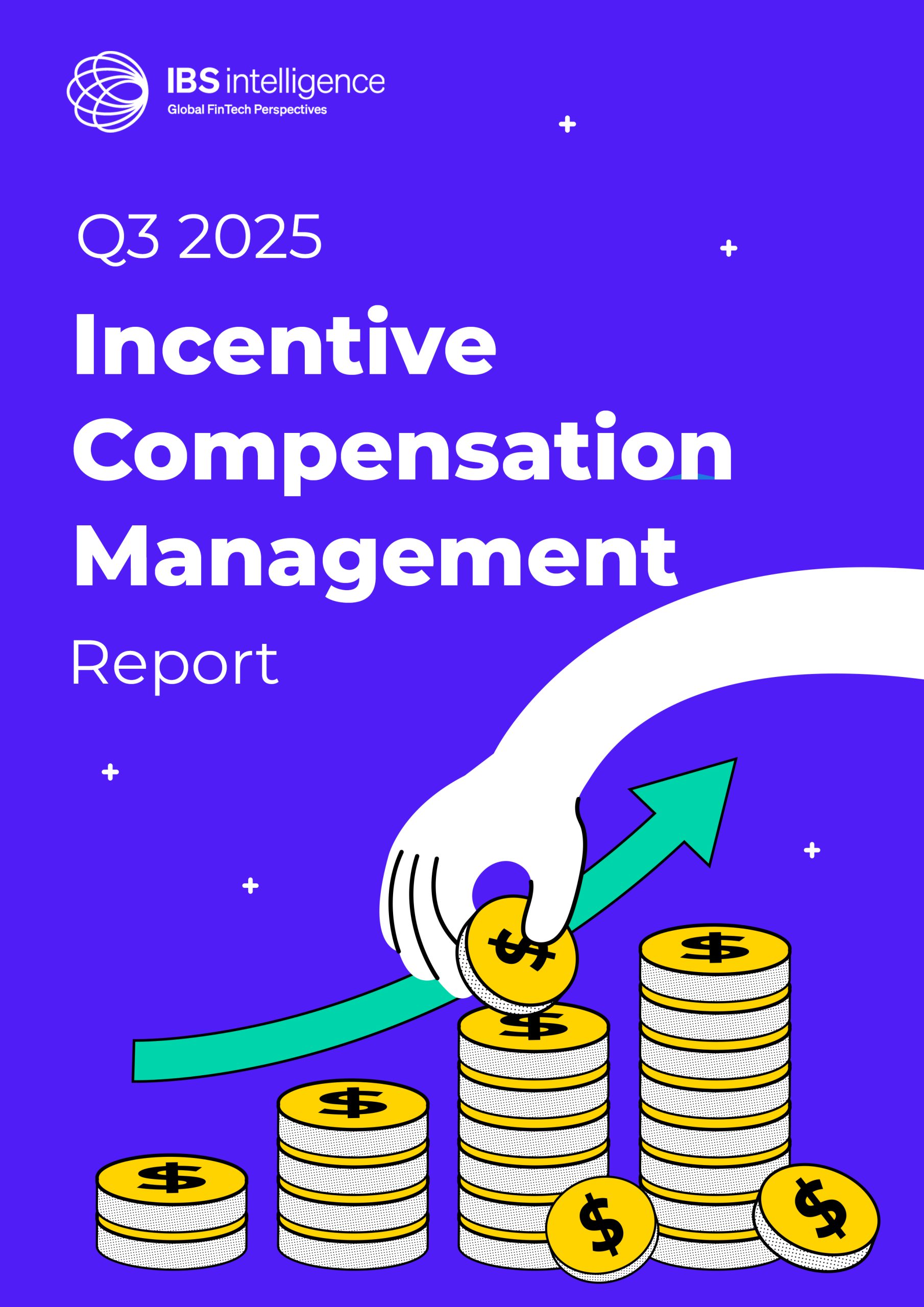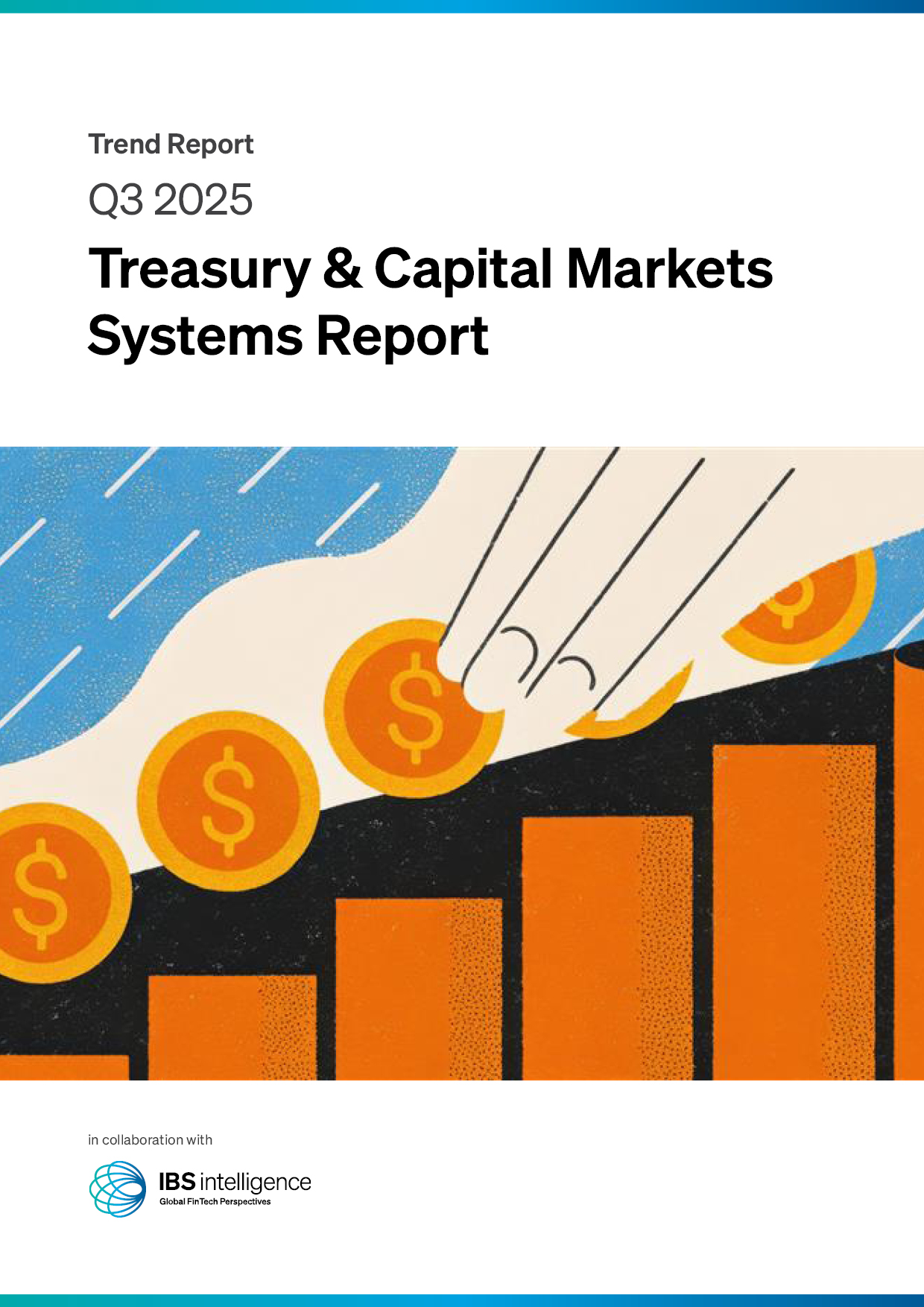 Back
Back
Receiving too many incoming transactions, and too little clarity? Here is the solution

by María Ortiz de Artiñano, Global Head of PayDirect, PagoNxt Payments
The digital payment revolution has delivered unprecedented convenience to consumers. We’re all reaping the benefits of faster transactions, greater options, and improved security.
However, the digital revolution has also driven complexity for businesses. Finance teams grapple with reconciling transactions across a fragmented landscape of payment methods and channels. To manage, organisations pool ever-growing resources into payment reconciliation tasks alone.
The pain points of traditional payment collection
The pain points of traditional payment collection stretch far beyond inefficiency. Multiple payment channels create fragmented financial visibility for finance teams, making it difficult to maintain accurate, real-time receivables tracking. International payments introduce additional layers of complexity, with currency conversions and traditional cross-border traceability challenges exacerbating the issue.
High operational costs associated with manual payment management directly affect the bottom line. Organisations relying on outdated reconciliation methods find themselves devoting skilled talent to administrative tasks rather than strategic initiatives. This operational burden comes precisely when businesses need agility and efficiency to remain competitive in rapidly changing markets.
The digital pay-ins solution
To address these challenges and increase the likelihood of boosting digital pay-ins, businesses should consider three key transformation strategies.
First, select a provider with modern payment infrastructure. These solutions offer scalability and real-time processing, reconciliation, and reporting capabilities that legacy systems simply cannot match. The ideal platform will support API integrations with ERP and CRM systems to ensure automated reconciliation and real-time updates in the organisation internal systems.
Second, consolidate payment channels through unified collection points. This approach simplifies the reconciliation process while improving the customer experience. Omnichannel payment links that can be shared via email, SMS, or social media meet customers where they already are, reducing friction in the payment process. Creating consistency across all payment channels improves customer satisfaction and simultaneously streamlines back-office operations.
Third, harness the power of data analytics for continuous improvement. Real-time reporting dashboards provide immediate visibility into collection flows, transforming reconciliation from a retrospective exercise to a proactive management tool. Payment analytics can identify process bottlenecks and optimisation opportunities that might otherwise remain hidden. A great number of forward-thinking organisations are applying machine learning tools to predict cash flow patterns and improve forecasting accuracy.
Every finance team faces a choice regarding digital pay-in modernisation. It’s not whether to transform, but how deliberately to approach the journey. The three-step strategy outlined here offers a structured path that builds pay-in capabilities progressively while delivering immediate benefits at each stage. The challenges of today’s incoming payment landscape are significant, but they’re also solvable with the right approach.
We’re at a moment when the technology to streamline pay-in reconciliation is here, and the expertise to implement unified collection points is available. What remains now is for organisations to commit to the pay-in transformation that will lead to optimised finance operations and improved payment experience.
IBSi News

December 18, 2025
CRM
Payment errors hit UK SMEs as manual transfers drive checkout anxiety
Read MoreGet the IBSi FinTech Journal India Edition
- Insightful Financial Technology News Analysis
- Leadership Interviews from the Indian FinTech Ecosystem
- Expert Perspectives from the Executive Team
- Snapshots of Industry Deals, Events & Insights
- An India FinTech Case Study
- Monthly issues of the iconic global IBSi FinTech Journal
- Attend a webinar hosted by the magazine once during your subscription period
₹200 ₹99*/month
* Discounted Offer for a Limited Period on a 12-month Subscription
IBSi FinTech Journal
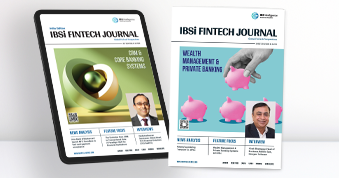
- Most trusted FinTech journal since 1991
- Digital monthly issue
- 60+ pages of research, analysis, interviews, opinions, and rankings
- Global coverage


